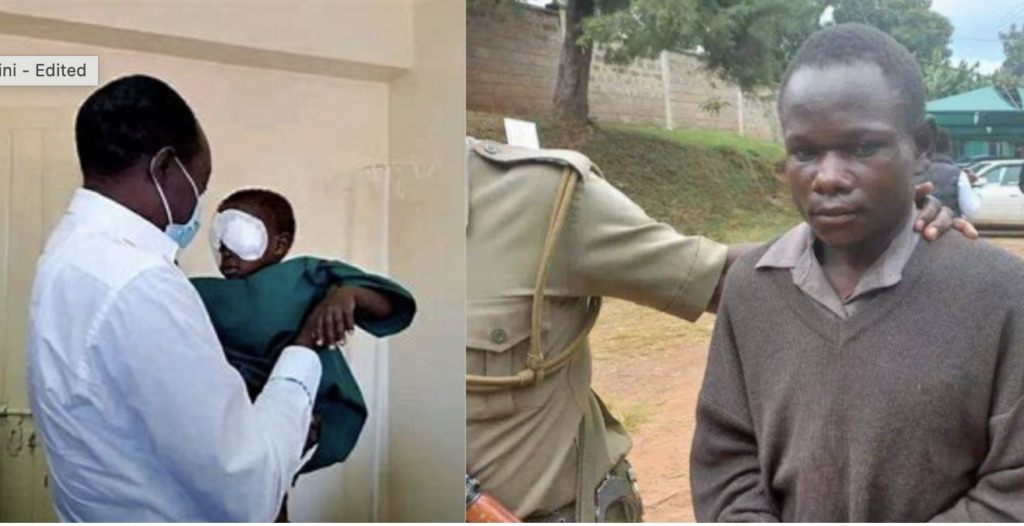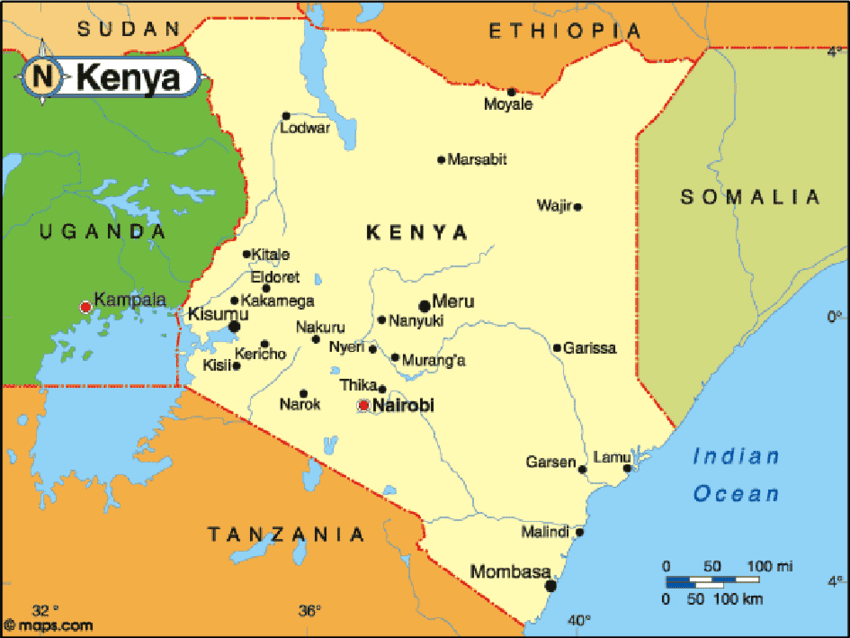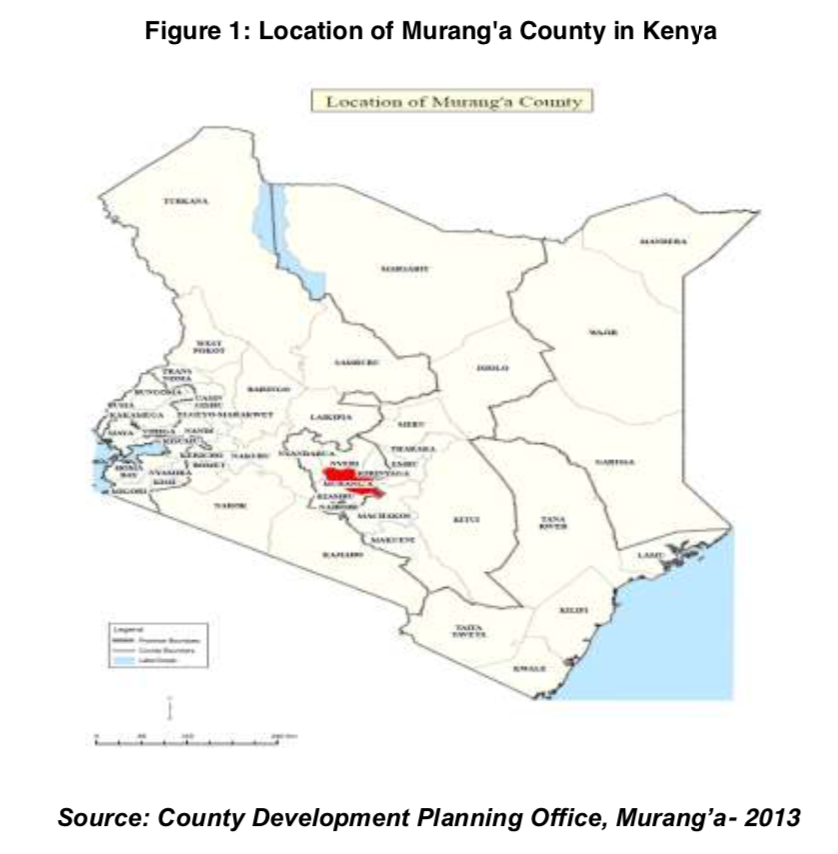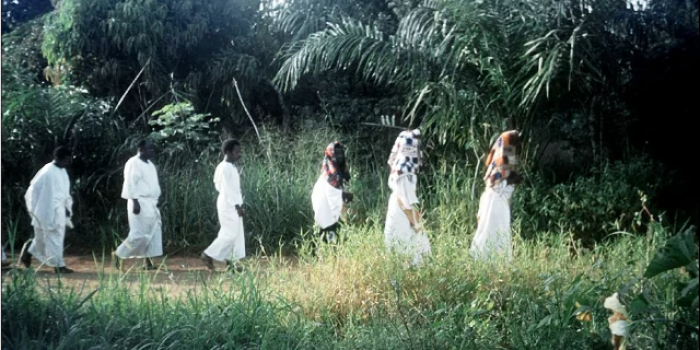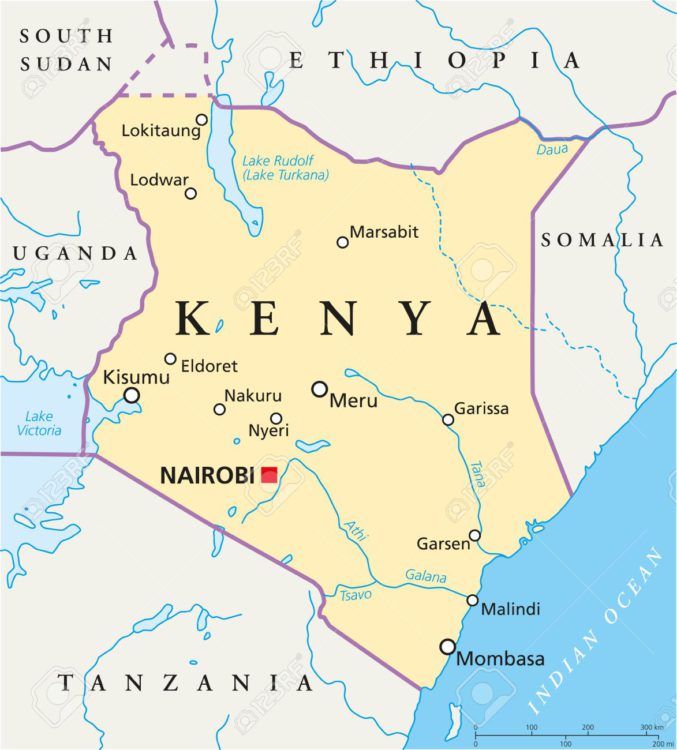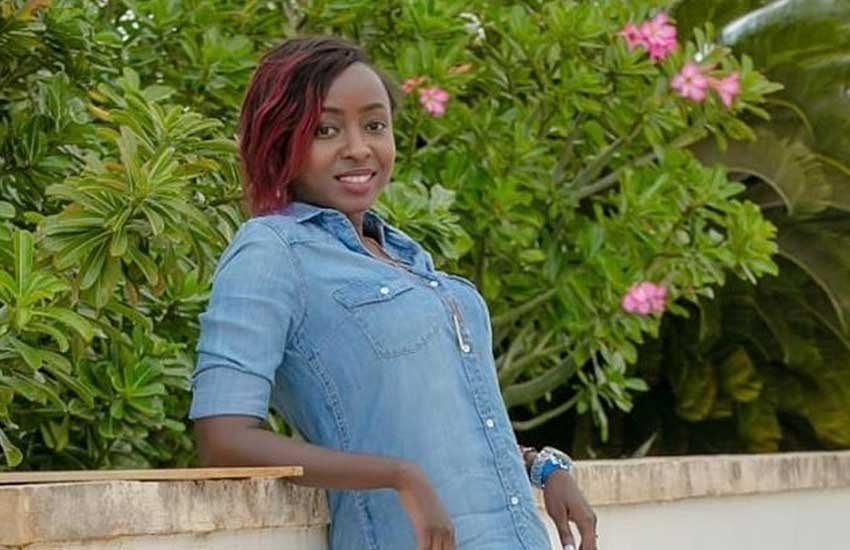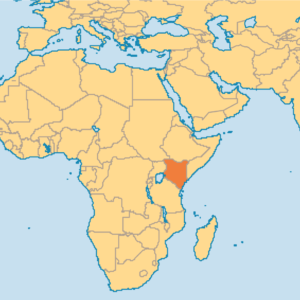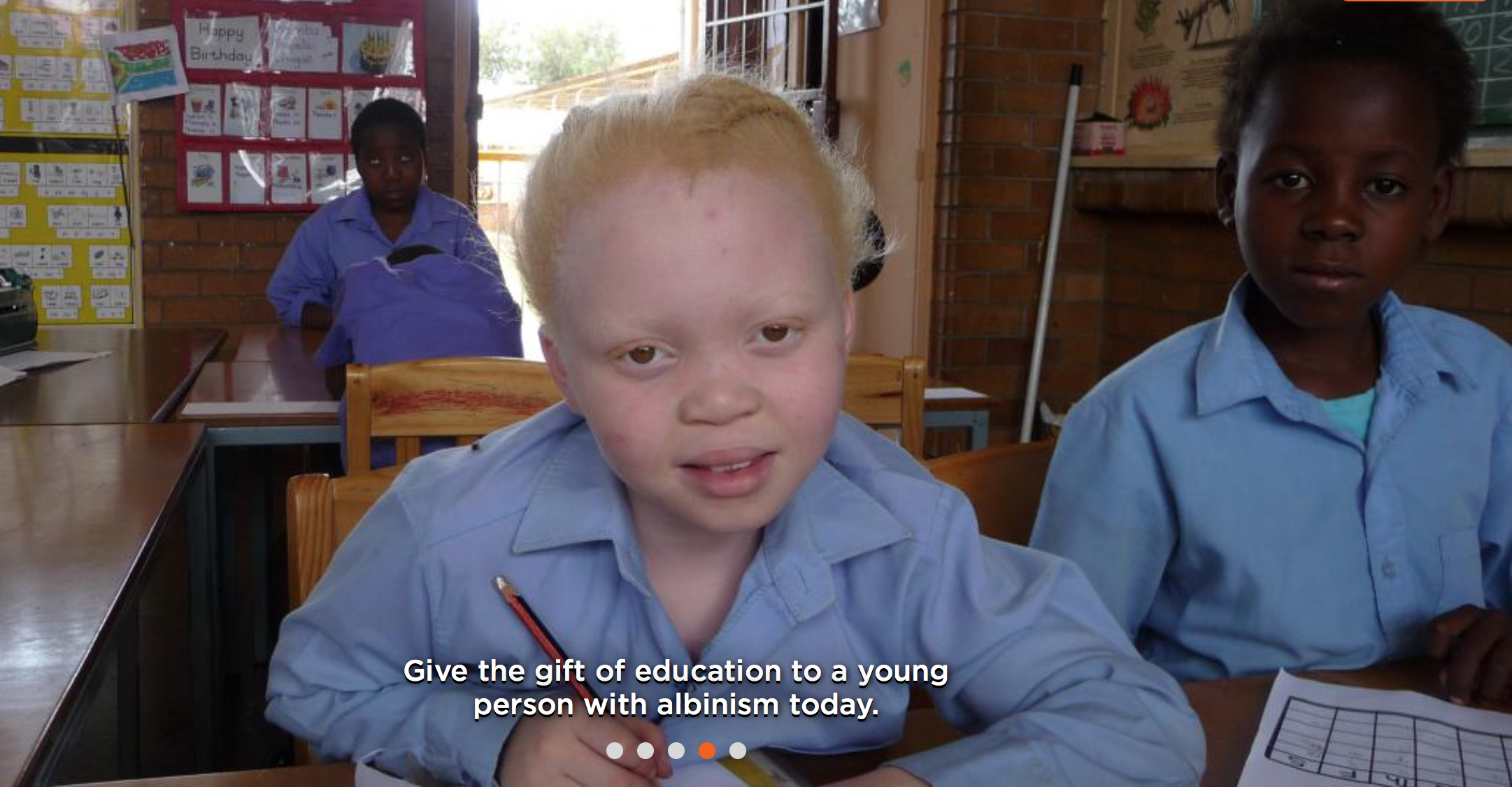Warning: The following articles’ graphic contents may upset readers
Nothing less than a horror story. In Kisii, in south-western Kenya a three-year old baby was attacked, his eyes gouged out allegedly for ritualistic reasons. The baby was saved and at present is in a stable condition but unfortunately the small boy will never regain his eyesight.
The police has arrested a suspect. Also the baby’s mother has been arrested. They are suspected to have gouged out baby Sangini’s eyes for ritualistic purposes.
The gory attack has caused many reactions, people are angry and saddened that an innocent child was attacked and that he will be blind for the rest of his life.
The story is almost too horrific to believe and the reader is warned that the following articles on baby Sangini contain graphic details including a photo of the young victim.
It is mainly because a similar attack took place on the other side of the African continent that I decided to draw attention to the mutilation of the Kenyan baby Sangini. Earlier this year, in June, police in Bauchi State, Nigeria, arrested three individuals for allegedly gouging out the eyes of a boy, also for rituals. Tomorrow I will post more details about the latter case. (webmaster FVDK).

Man suspected to have gouged out Baby Sagini’s eyes arrested
The eyes were gouged out to be used as rituals
In Summary:
- The suspect was Monday expected in court as investigators go on with their work. More suspects are being sought, police said Monday December 19.
- Maina Ochoki (Baby Junior Sagini’s Cousin) is believed to be main the suspect in the case of Baby Sagini.
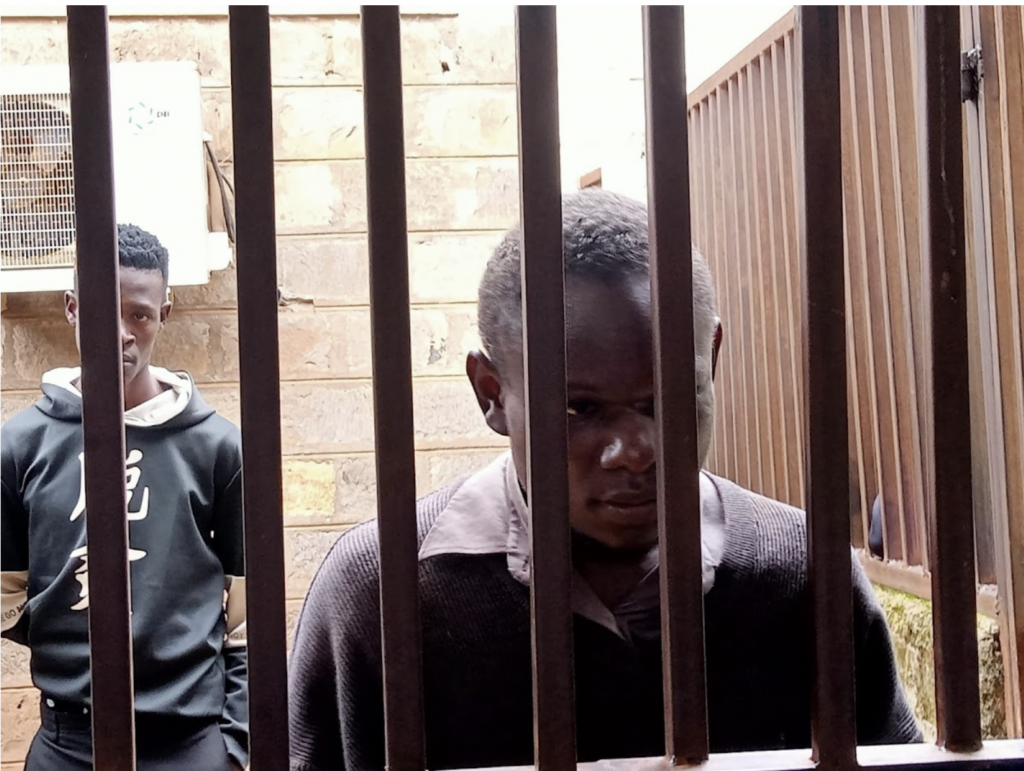
Published: December 19, 2022
By: Cyrus Ombati, The Star – Kenya
Police on Sunday arrested the main suspect in a case where a three-year-old boy had his eyes gouged out in Kisii.
Maina Ochoki, baby Junior Sagini’s cousin, is believed to be the main suspect in the case of Baby Sagini.
Police investigators say Maina and his mother Pacifica gouged out Baby Sagini’s eyes to be used as a ritual.
The suspect was Monday expected in court as investigators go on with their work.
More suspects are being sought, police said on Monday, December 19.
By Sunday, Sagini was due for discharge following the doctor’s advice.
Kisii Eye Hospital director Dan Kiage said the boy was responding well to treatment and ready for discharge.
“It is unfortunate he will not see,” he said.
Sagini had been in the company of other children when he broke away, only to be found with his eyes gouged out and writhing in pain.
Source: Man suspected to have gouged out Baby Sagini’s eyes arrested
Also:
Attempted murder – Suspect in baby Sagini’s case detained for five days
The three-year-oild had his eyes gouged out for a suspected ritual
In Summary:
* Police successfully sought to have Ochogo detained for five days over investigations into the gouging out of baby Junior Sagini’s eyes.
* Prosecutor Hilary Kaino made the miscellaneous application to enable them arrest more suspects including Ochogo’s mother who is the main suspect.

Image: CYRUS OMBATI
Published: December 19, 2022
By: Magati Obebo, The Star – Kenya
A man arrested for allegedly gouging out the eyes of a three-year-old boy in Kisii will be detained for five days pending investigations.
Alex Ochogo, 26, appeared before senior resident magistrate Christine Ogweno at Kisii law court on Monday.
Police successfully sought to have him detained for five days over investigations into the gouging out of baby Junior Sagini’s eyes at Ikuruma village in Marani subcounty, Kisii.
Prosecutor Hilary Kaino made the miscellaneous application to enable them arrest more suspects including Ochogo’s mother who is the main suspect.
Kaino told the court that Ochogo was seen escorting his mother to a bus station, who then fled to Nairobi on the day baby Sagini was found in a maize plantation.
Police are investigating a case of attempted murder.
“The main suspect was the last person seen with this child in the evening, hours before he disappeared. The following morning this suspect left to Nairobi,” Kaino told the court.
The prosecutor told the court that holding the suspect in custody will guarantee his safety against harm by members of the public.
Advocates Daphine Biyaki and Nduhukire Anita who were watching the brief for baby Sagini, agreed with the prosecutor’s application to detain the suspect for five days.
Ogweno ruled that the suspect will be detained at Rioma police station for five days as the police conclude investigations.
“The suspect will be arraigned in the same court on December 23 to know his fate as the court gives directions,” the magistrate said.
Baby Sagini’s mother was also arrested on Sunday and booked at Nyanchwa police station under OB NO 13/18/12/2022.
She was locked at the court’s police cells and later driven away by DCI officers the moment Ochogo appeared in court.
Baby Sagini who is admitted at Kisii Eye hospital in an early interview said a man with a rope and a torch took him from their home compound where he was playing with other kids.
Sagini’s eye specialist Dr Dan Kiage said the boy is in a stable condition however, there is no way he will regain his eyesight.
Police said Ochogo and his mother Pacifica are suspected to have gouged out Sagini’s eyes to be used as ritual for Ochogo’s father.
It is alleged that the two conspired in December 2021 and killed Ochogo’s father.
Source: Suspect in baby Sagini’s case detained for five days
Also see:
Manhunt – Sonko issues Sh200,000 reward for suspects in Sagini case
Baby Sagini, 3, had his eyes gouged out during an attack by unknown thugs in Kisii
In Summary:
- He offered a Sh400,000 reward to any officer who will fish out the suspect.
- The former governor further promised an additional Sh200,000 for any person who volunteers information that may lead to arrest of the key suspects

Published: December 18, 2022
By: Magati Obebo, The Star – Kenya
Former Nairobi governor Mike Sonko has joined other leaders to condemn the assault on Junior Sagini from Ikuruma, Marani in Kisii.
Sagini, 3, had his eyes gouged out during a gory attack by unknown thugs on Thursday night.
Sonko described the incident as saddening.
He offered a Sh400,000 reward to any officer who will fish out the suspect.
The former governor further promised an additional Sh200,000 for any person who volunteers information that may lead to arrest of the key suspects.
The incident has evoked a string of reactions across the political divide.
Nominated Senator Essy Okenyuri visited Sagini at Kisii Eye Hospital on Saturday where he is receiving treatment.
She asked security agencies investigating the case to leave no stone unturned.
Okenyuri said no child deserves to go through torture, the kind Sagini suffered in the hands of his tormentors.
“Every child deserves to be treated with dignity notwithstanding the circumstances they are brought up. I am hoping nothing will stand in the way as justice is sought for him,” she said.
Political activist Steven Nyarangi said the incident was heart wrenching.
By Saturday evening, detectives in Kisii said they were quizzing the father-Thomas Ongaga- over the incident.
He had been living with the child after separating with the wife.
Police, however, said he was not in their custody yet as a suspect adding that they sought him for information as part of preliminary investigations.
Already Vigilance House has dispatched an additional team of detectives to help unravel the motive behind the bizarre attack.
In Kisii, friends have begun donating money for Sagini’s medical bill.
The hospital bills has shot to Sh100,000 with family members requesting help.
At the hospital, Sagini innocently played in his bed with bandages wrapped on the empty sockets oblivious that the verdict on his ability to see again had been decided by a tormentor.
He asked doctors when he is going to see.
Villagers and relatives at Ikuruma found him covered in blood and crying in pain after a night out in the cold.
The minor is said to had broken off from the other team of children sent out Wednesday to fetch water only to be discovered with eyes gouged out.
The attack on the boy horrified Kenyans, leading to a growing outcry and outrage over violence against children in the country.
Source: Sonko issues Sh200,000 reward for suspects in Sagini case
Also see:
Discharged – Kisii Governor Arati offsets baby Sagini’s hospital bill, condemns attack
The three-year old baby had his eyes gouged out during an attack by unknown thugs
In Summary:
- Arati visited the baby at Kisii Eye Specialist Hospital on Sunday morning where he volunteered to offset the Sh100,000 medical bill.
- Kisii Eye Hospital director Dan Kiage said the boy was responding well to treatment and ready for discharge.
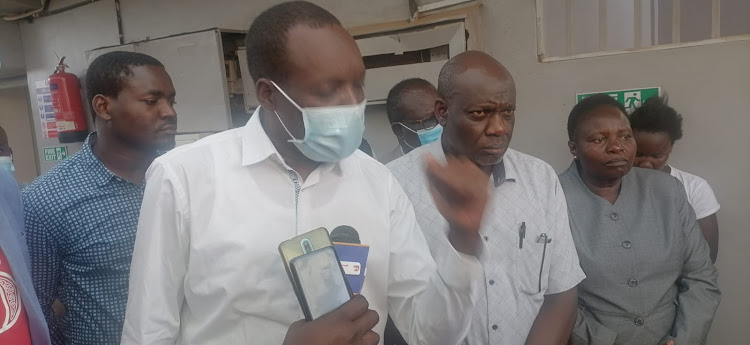
Image: MAGATI OBEBO
Published: December 18, 2022
By: Magati Obebo, The Star – Kenya
Kisii Governor Simba Arati has termed baby Junior Sagini’s attack as appalling and despicable.
The three-year-old had his eyes gouged out by unknown thugs in Ikuruma, Marani on Thursday night.
Arati visited the baby at Kisii Eye Specialist Hospital on Sunday morning where he volunteered to offset the Sh100,000 medical bill.
Sagini was due for discharge following the doctor’s advice.
Kisii Eye Hospital director Dan Kiage said the boy was responding well to treatment and ready for discharge.
“It is unfortunate he will not see,” he said.
Sagini had been in the company of other children when he broke away, only to be be found with his eyes gouged out and writhing in pain.
Arati said plans are afoot to have Sagini and his sister relocated to a safe house.
“It is unfortunate that such a small boy could be brutalised like this. It points to the growing mental problems society is grappling with, which should form part of the wider investigations,” Arati said.
During the visit, Arati asked security agencies and government administrators in the villages to monitor families that go through marital challenges and refer them for counseling, to avert such disasters.
He offered to set up a rehabilitation centre, to take care of such cases.
“We will do a supplementary budget to ensure this is realised,” the governor said.
Also see:
In Kisii – Detectives probe father of boy whose eyes were gouged out
Cops say they have not arrested him but are only questioning him
In Summary:
• County police boss Mutungi Musyoki, however, said they are only questioning the father as part of the preliminary investigations.
• He is currently recovering at Kisii Eye Hospital, where doctors said he will never see again following the attack.

Published: December 17, 2022
By: Magati Obebo, The Star – Kenya
Detectives in Kisii on Saturday opened a probe into the bizarre incident where a minor’s eyes were gouged out in a Thursday night attack in Marani.
They have questioned the father of the boy, Thomas Ongaga- who lives with the children alone after separating from their mother.
Police said they are piecing every detail together as they search for clues that may lead to the arrests of key suspects in the macabre attack on the three-year-old.
County police boss Mutungi Musyoki, however, said they are only questioning the father as part of the preliminary investigations.
“We are only questioning him, he has not been arrested,” Musyoki told journalists.
The motive of the beastly act remained unknown as a manhunt for the suspects continues.
The minor, Junior Sagini, was reported missing after visiting the maize farm with her seven-year-old sister.
There were other conflicting reports that they were in the company of other children and that they had been sent to fetch water when he broke away from the team only to be found later, soaked in blood with eyes gouged out.
He is currently recovering at Kisii Eye Hospital, where doctors said he will never see again following the attack.
Police said they are not leaving anything to chance as the manhunt is still on.
“We want to know what happened in between the visit to the farm, at what point did the two siblings separate, who kidnapped him and committed the heinous act on him,” Musyoki said.
Kisii Eye Hospital director Dan Kiage said that the boy was in bad shape when he was brought in.
“It appears the attacker used a sharp object like a knife to injure the eyelids. The problem is that he won’t see again,” he said.
Source: Detectives probe father of boy whose eyes were gouged out
See also:
Horror as boy, 3, kidnapped and eyes gouged out in Kisii
Minor was rushed to hospital after he was found with his case covered with blood
In Summary:
- The minor was rushed to the Kisii Eye Hospital after he was found with his face covered with blood.
- When the other children got home with their jerrycans full of water, they informed his grandmother what had happened.
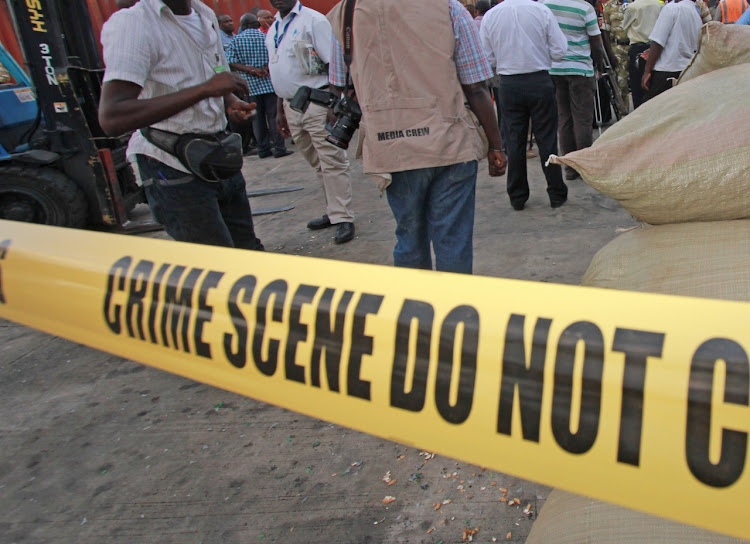
Published: December 17, 2022
By: Cyrus Ombati, The Star – Kenya
A special police squad has been sent to a village in Kisii to investigate a bizarre incident where suspected thugs kidnapped a three-year-old baby and gouged out his eyes before dumping him at the family’s banana plantation.
The gang is said to have taken away the child from his family home in Marani on Wednesday, December 14 evening and held him for more than six hours, sending the family into panic as they searched for the minor’s whereabouts in vain.
The minor was rushed to the Kisii Eye Hospital after he was found with his face covered with blood.
Doctors have said he will remain blind for now and he is recuperating in the general ward after a surgical procedure.
“Both his eyes had been removed completely and there are some injuries in the lids…so it looks like there was a sharp instrument like a knife that was used,” Dr Daniel Kiage at the facility said.
Residents of Ikuruma village in Marani, Kisii county, are yet to tell the motive of the incident.
Police had initially arrested one of the boy’s relatives as a suspect in the investigations but later released him for lack of evidence connecting him to the crime.
A team of detectives has since been sent from Nairobi to boost local ones in the probe.
Director of Criminal Investigations Mohamed Amin said they want to know the motive and those behind the bizarre incident.
Swathes of bandages are covering the emptiness where his eyes once were.
His family is calling on the police to speed up investigations and bring to the perpetrators to book.
Doctors said the boy is scheduled for a second operation as soon as he is stable enough.
The boy’s grandmother Rael Mayieka told police it all started when her grandson, went to fetch water from a nearby spring.
He was in the company of other children but it is said that he threw his jerrycan into a nearby thicket and started running away.
When the other children got home with their jerrycans full of water, they informed his grandmother what had happened.
The granny went to the spring searching for her grandson, but he was nowhere to be seen.
It was until the following day that his elder brother who had gone to cut grass for the cows pounced on him in a maize plantation and alerted them.
Source: Horror as boy, 3, kidnapped and eyes gouged out in Kisii
And another report:
Cousin: This is why we gouged out 3-year-old baby Sangini’s eyes
